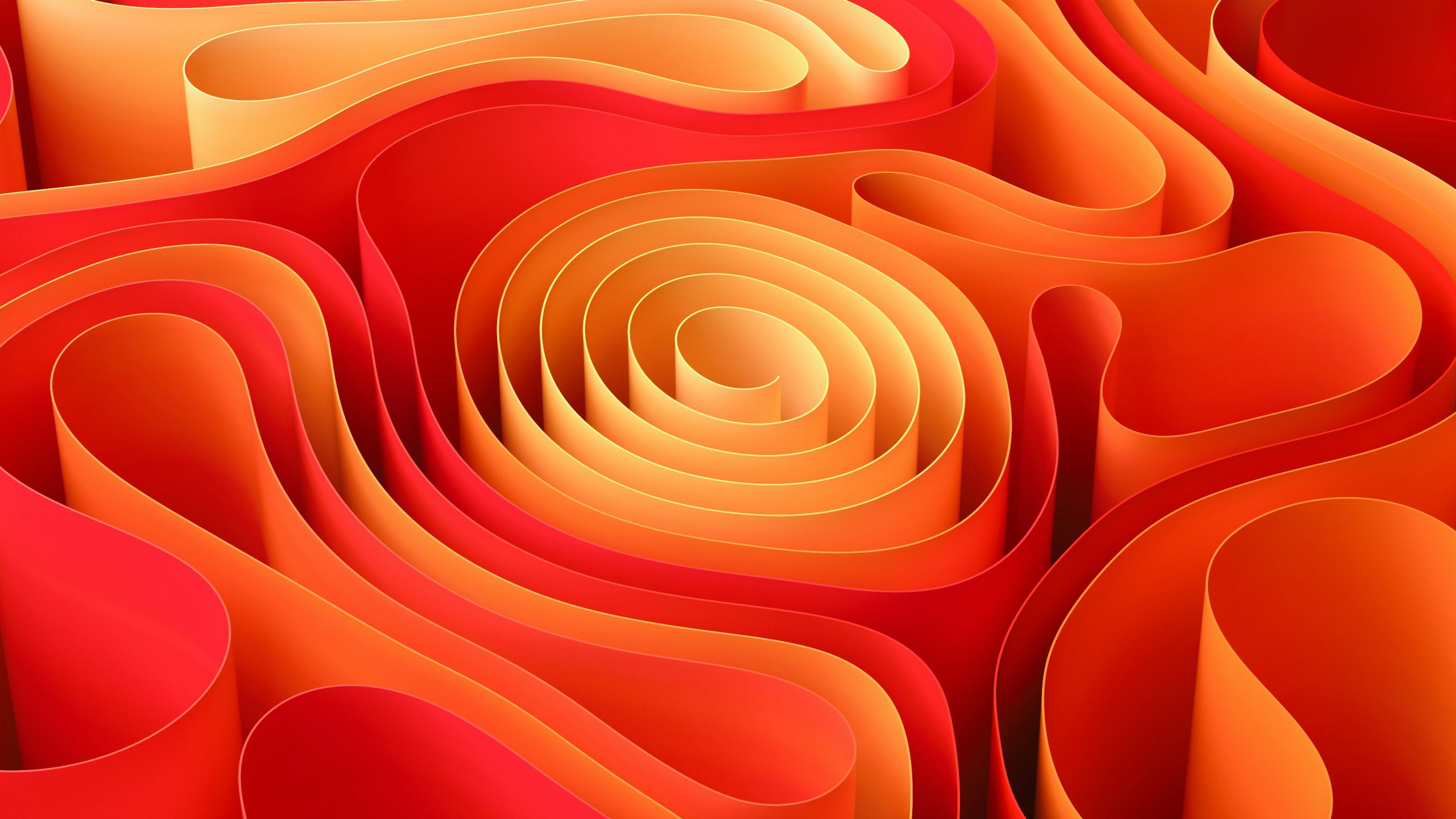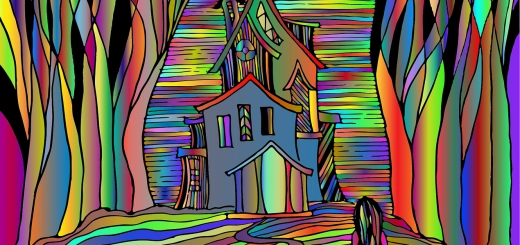Model Trains Hobby: Building Your Layout

Looking for more amazing products? Check out our online store and explore our collection here! Happy shopping!
Before diving in, please note: This post is for informational purposes only. If you’d like to know more about how we approach topics, feel free to check out our friendly Disclaimer Page.
Hey there, amazing readers! 
We’re committed to delivering quality posts, and your support (even just sticking around despite the ads) means everything to us. So, bear with us, and thanks for helping us keep the good vibes rolling. Now, on to the fun stuff!
TRANSLATE BUTTON AT THE END OF THE ARTICLE
Introduction to Model Trains Hobby
Model trains have been a beloved pastime for enthusiasts of all ages for decades.
The hobby of building and operating model trains allows individuals to create miniature worlds filled with intricate details and realistic landscapes.
Whether you are a seasoned model train enthusiast or just starting out, the joy of designing and constructing your layout is incomparable.
From choosing the right scale to adding intricate scenery details, building a model train layout is a creative and fulfilling endeavor that captures the imagination.
Choosing the Right Scale
One of the first decisions you’ll need to make when embarking on your model trains hobby journey is choosing the right scale.
Model trains come in various scales, ranging from the tiny Z scale to the larger G scale.
Each scale offers unique benefits and challenges, so it’s essential to consider factors such as available space, budget, and personal preference.
Take your time to research the different scales and determine which one best suits your needs and interests.
Planning Your Layout Design
Once you’ve selected the scale for your model train layout, the next step is planning the design.
Planning your layout involves deciding on the track configuration, placement of turnouts, and overall theme of your miniature world.
Sketching out your layout design on paper or using specialized software can help you visualize the final result and make necessary adjustments before construction begins.
Consider factors such as scenery elements, operational features, and space constraints to create a well-thought-out design.
Essential Tools and Supplies
Before diving into the construction of your model train layout, it’s crucial to gather the necessary tools and supplies.
Some essential tools for building a model train layout include a hobby knife, cutting mat, ruler, track cutters, and soldering iron.
Additionally, you’ll need track, turnouts, wiring supplies, scenic materials, and structures to bring your layout to life.
Investing in quality tools and supplies will not only make the construction process smoother but also ensure the longevity of your model train layout.
Building the Baseboard
The baseboard serves as the foundation of your model train layout, providing a stable surface for laying track and scenery.
Constructing a sturdy and level baseboard is essential to prevent warping or uneven trackwork in the future.
Depending on your space and layout design, you can use materials such as plywood, foam board, or extruded foam insulation to build your baseboard.
Take the time to measure and cut the materials accurately to create a seamless foundation for your model train layout.
Laying Track and Turnouts
Once the baseboard is in place, it’s time to lay track and install turnouts on your model train layout.
Planning the track configuration beforehand will help you determine the placement of turnouts and ensure smooth operation of your trains.
Use track templates or guides to lay the track accurately and securely fasten it to the baseboard.
Installing turnouts at strategic points on your layout will allow trains to switch tracks and navigate different routes, adding an element of realism and interaction to your model train world.
Wiring and Controls
Proper wiring and controls are essential components of a functional model train layout.
Wiring your layout involves connecting the track, turnouts, and power supply to ensure trains run smoothly and reliably.
Consider using a digital command control (DCC) system for advanced train operation and control.
Install switches, block detectors, and other accessories to enhance the functionality of your layout.
Testing the wiring and controls thoroughly before adding scenery will help you identify and resolve any issues early on.
Adding Landscaping and Structures
With the trackwork and wiring in place, it’s time to add landscaping and structures to your model train layout.
Creating realistic scenery elements such as mountains, rivers, trees, and buildings will bring your miniature world to life.
Use a variety of scenic materials such as ground cover, foliage, rocks, and water effects to add depth and dimension to your layout.
Incorporate scale model buildings, bridges, and other structures to enhance the visual appeal of your model train world.
Incorporating Scenery Details
Detailing your model train layout with intricate scenery elements is where you can let your creativity shine.
Adding small details such as figures, vehicles, signage, and weathering effects will add realism and character to your miniature world.
Consider creating vignettes or scenes within your layout to tell a story and capture the imagination of viewers.
Pay attention to scale, proportion, and color to ensure a cohesive and visually appealing scenery design.
Testing and Troubleshooting
After completing the construction of your model train layout, it’s crucial to test the functionality of all components and troubleshoot any issues that may arise.
Run trains around the track to check for smooth operation, derailments, or electrical problems.
Test turnouts, signals, and controls to ensure proper functionality.
Address any issues promptly and make necessary adjustments to improve the performance of your layout.
Regular testing and troubleshooting will help you maintain a well-functioning model train layout over time.
Maintenance and Upkeep
To keep your model train layout in top condition, regular maintenance and upkeep are essential.
Clean the track and wheels of your trains regularly to prevent dirt buildup and ensure smooth operation.
Check wiring connections, switches, and controls for any signs of wear or damage.
Inspect scenery elements for dust or damage and make repairs as needed.
Proper maintenance will prolong the life of your model train layout and ensure that it continues to bring enjoyment for years to come.
Joining a Model Trains Club
For model train enthusiasts looking to connect with like-minded individuals and expand their knowledge, joining a model trains club is a fantastic opportunity.
Model trains clubs provide a supportive community where members can share tips, ideas, and experiences related to the hobby.
Participating in club events, exhibitions, and operating sessions can enhance your skills and inspire new projects for your model train layout.
Joining a model trains club is a great way to meet fellow enthusiasts, learn from experienced modelers, and foster a sense of camaraderie within the hobby.
Conclusion
Building your model train layout is a rewarding and creative endeavor that allows you to bring miniature worlds to life.
From choosing the right scale to adding intricate scenery details, each step of the construction process offers opportunities for creativity and personal expression.
By following a systematic approach to planning, constructing, and maintaining your model train layout, you can create a captivating and immersive miniature world that will bring joy and satisfaction for years to come.
Remember to enjoy the journey, embrace challenges as learning opportunities, and connect with fellow enthusiasts to share your passion for the fascinating world of model trains.

The Enlightenment Journey is a remarkable collection of writings authored by a distinguished group of experts in the fields of spirituality, new age, and esoteric knowledge.
This anthology features a diverse assembly of well-experienced authors who bring their profound insights and credible perspectives to the forefront.
Each contributor possesses a wealth of knowledge and wisdom, making them authorities in their respective domains.
Together, they offer readers a transformative journey into the realms of spiritual growth, self-discovery, and esoteric enlightenment.
The Enlightenment Journey is a testament to the collective expertise of these luminaries, providing readers with a rich tapestry of ideas and information to illuminate their spiritual path.
Our Diverse Expertise
While our primary focus is on spirituality and esotericism, we are equally passionate about exploring a wide range of other topics and niches 

To ensure we provide the most accurate and valuable insights, we collaborate with trusted experts in their respective domains 
Our blog originally focused on spirituality and metaphysics, but we’ve since expanded to cover a wide range of niches. Don’t worry—we continue to publish a lot of articles on spirituality! Frequently visit our blog to explore our diverse content and stay tuned for more insightful reads.
Hey there, amazing reader! 
Check out our store here and take a peek at some of our featured products below! Thanks for being awesome!











